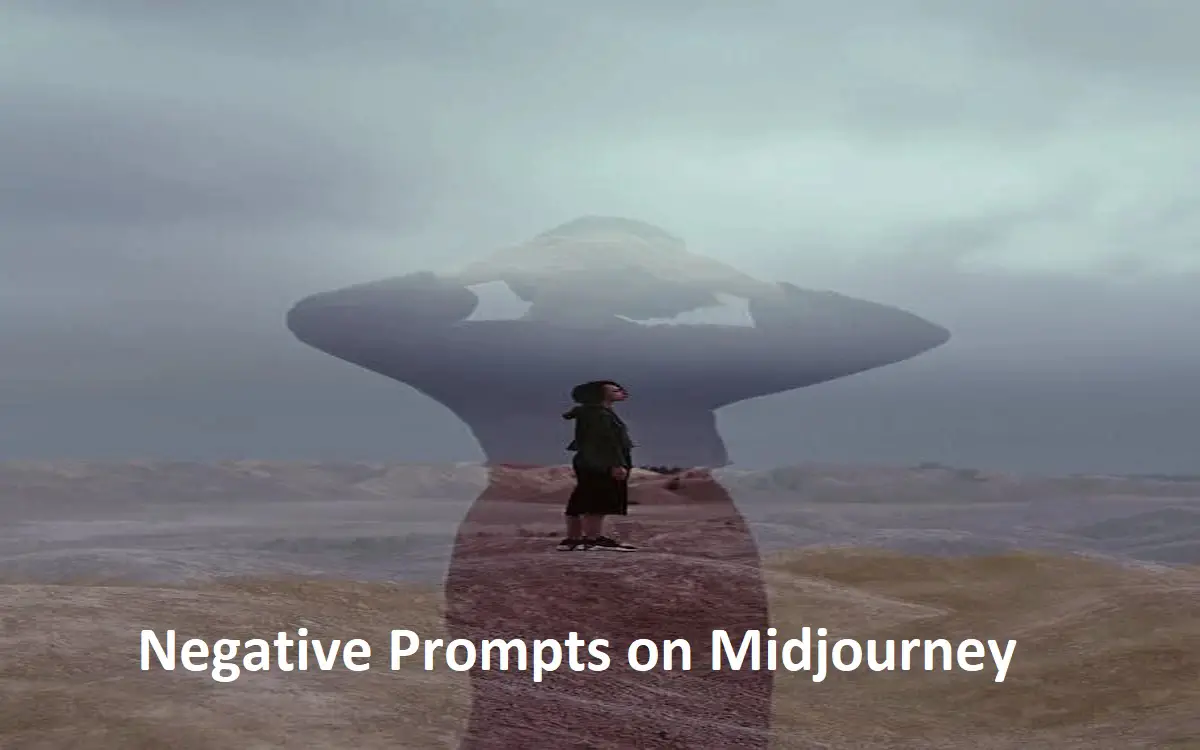Introduction
Image generation has become a fascinating field with the advent of AI and machine learning technologies. Midjourney is a powerful tool that allows users to generate images based on prompts. However, to get the desired output, it’s essential to understand how to use negative prompts effectively. In this article, we’ll guide you through the process of using negative prompts on Midjourney, ensuring that you achieve the best results without any unrealistic elements.
Recent Released: How to Connect Your iPhone to CarPlay
How to Use Negative Prompts on Midjourney
To use negative prompts on Midjourney, follow these steps:
Identify Unwanted Elements
Before adding negative prompts, it’s crucial to identify the elements you don’t want in your generated images. This could include objects, features, or aspects that might hinder the quality or relevance of your images.
Add Negative Prompts to Original Prompts
After identifying unwanted elements, incorporate negative prompts into your original prompts. These negative prompts will specify what you want to exclude from the image generation process. This ensures that your generated images align with your vision.
Using the “–no” Parameter
To remove unwanted elements effectively, utilize the “–no” parameter followed by the name of the element you wish to eliminate from the generated image. This approach helps fine-tune the output and create images that match your expectations.
Streamline with “–no”
For efficiency, group all your negative prompts after a single “–no” command. This prevents the need to write a separate “–no” for every individual element you want to exclude. It simplifies the process while maintaining precision.
Use Negative Prompts Sparingly
While negative prompts are a powerful tool, it’s essential to use them sparingly and only when necessary. Overusing negative prompts can confuse Midjourney and lead to unrealistic or unexpected results. Balance is key.
Experiment with Combinations and Weights
Achieving the desired outcome might require experimenting with different combinations and weights of positive and negative prompts. Tweak the parameters to find the optimal balance that produces the results you’re aiming for.
Examples of Effective Negative Prompts
To provide clarity, here are some examples of effective negative prompts:
- Use negative prompts to eliminate hands, a challenge that Midjourney currently struggles with.
- Eliminate text effectively from your images using negative prompts, as Midjourney’s text handling might not be perfect.
- Specify exclusions like “a landscape painting –no rivers” to ensure your generated images align with your preferences.
Insiders’ Insights and Expert Tips
As experienced users have found, negative prompts may not always yield the desired output. It’s crucial to use them wisely and judiciously. Too many negative prompts can lead to confusion or undesirable results.
What are Some Examples of Negative Prompts in Midjourney?
Here are some concrete examples of negative prompts that you can use in Midjourney to enhance your image generation process:
Removing Unwanted Elements:
Use negative prompts to remove unwanted elements from your generated images, such as hands or text. For instance, if you’re generating an image of a landscape, you can add a negative prompt like “–no hands” to ensure that no hands are included in the scene.
Specifying Exclusions:
Employ negative prompts to specify what you don’t want in your image generation. For example, you can use a prompt like “a landscape painting –no rivers” to ensure that rivers are excluded from the generated image.
Specific Element Removal:
To focus on specific elements, you can use negative prompts to remove them. For instance, if you want an image of a cake without candles, you can use a prompt like “cake –no candles” to achieve the desired result.
Content Alteration:
Negative prompts can also be used to change the content of your generated images. If you want a meadow without flowers, you can use a prompt like “meadow –no flowers” to modify the image’s content.
Sparingly Use for Realistic Results:
It’s crucial to remember that negative prompts should be used sparingly and only when necessary. Overusing them or trying to eliminate too many elements at once can lead to confusion for Midjourney and result in unrealistic or unexpected outcomes.
Balancing Act:
Experimenting with different combinations and weights of positive and negative prompts is key to achieving the desired outcome. Finding the right balance ensures that your generated images are both accurate and visually appealing.
By incorporating these examples of negative prompts into your image generation process, you can fine-tune your results and create images that align with your creative vision.
FAQ’s
Q1: Can I use multiple negative prompts in a single image generation?
Yes, you can use multiple negative prompts to refine your image output. However, avoid overloading with too many negative prompts to maintain clarity.
Q2: Are negative prompts suitable for every image generation scenario?
No, negative prompts are best used when specific elements need exclusion. Overusing them in every scenario might not yield the desired results.
Q3: How do I know which elements to specify in negative prompts?
Identify elements that, if present, would negatively impact the image’s quality or relevance. It could be objects that are often misunderstood or misinterpreted by Midjourney.
Q4: What happens if I don’t use negative prompts at all?
If you don’t use negative prompts, Midjourney will generate images based on your positive prompts without excluding any specific elements.
Q5: Can negative prompts completely remove unwanted elements?
While negative prompts are effective, they might not always guarantee complete removal of unwanted elements. Experimentation might be needed.
Q6: How do I strike a balance between positive and negative prompts?
Experimentation is key. Adjust the combination and weights of positive and negative prompts until you achieve the desired outcome.
Conclusion
Harnessing the power of negative prompts on Midjourney can significantly enhance your image generation experience. By identifying unwanted elements, employing negative prompts wisely, and experimenting with different combinations, you can create images that align with your vision. Remember, the key lies in balance and judicious use. So go ahead, use the power of negative prompts to transform your image generation process!


